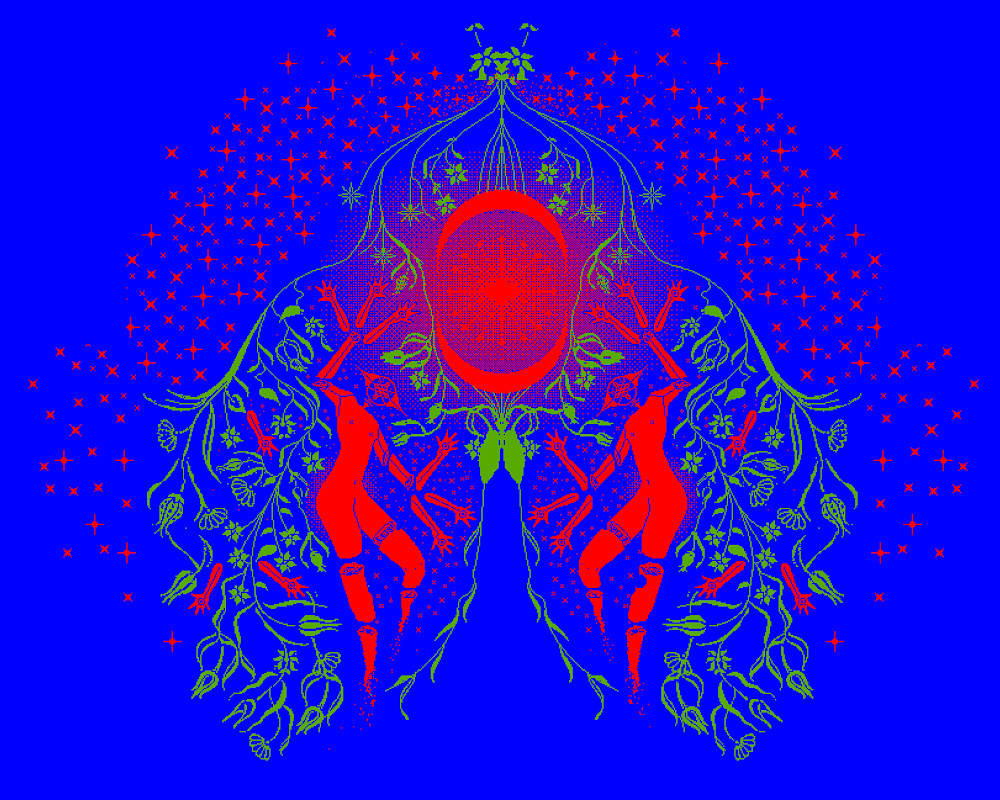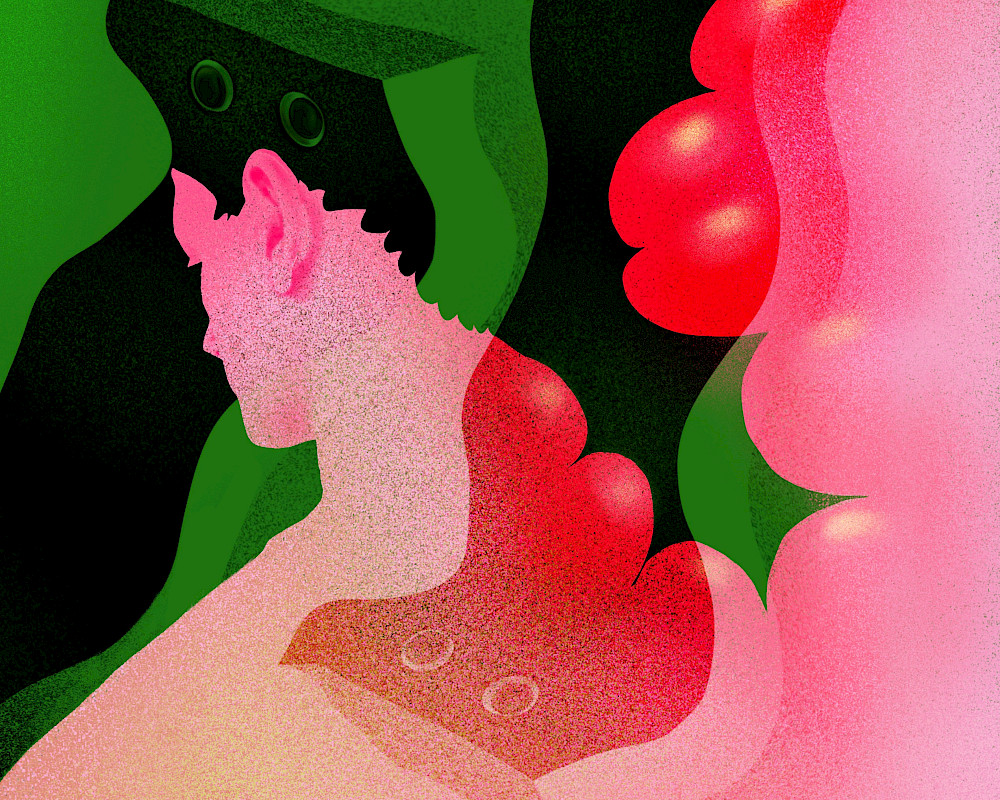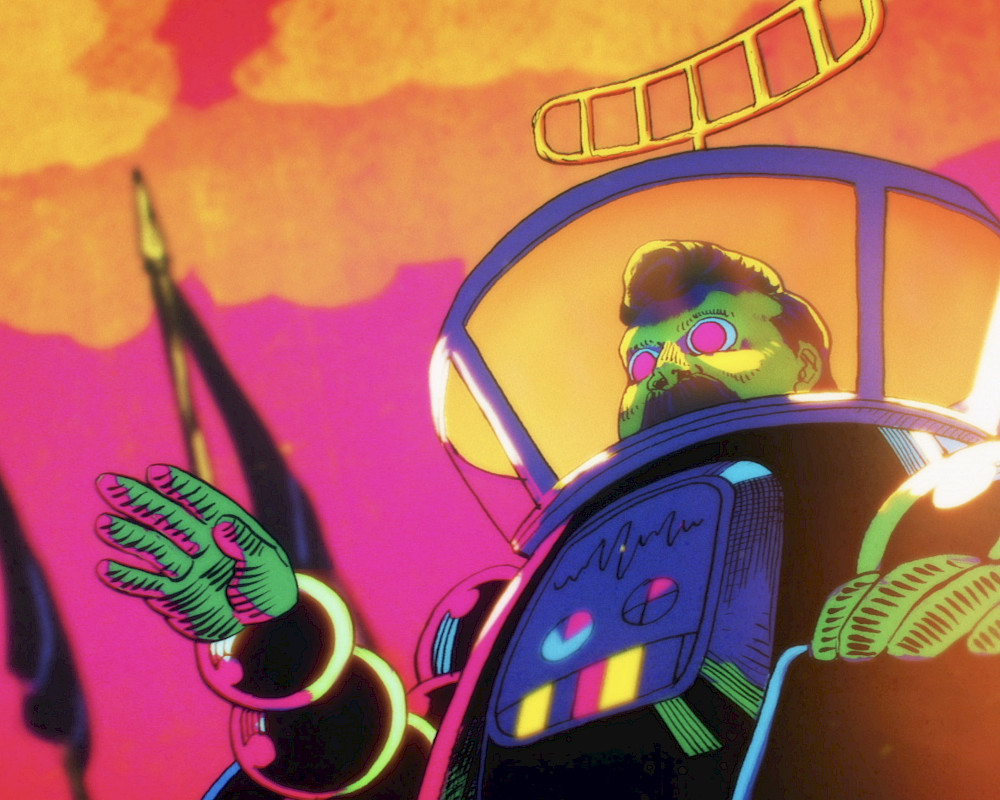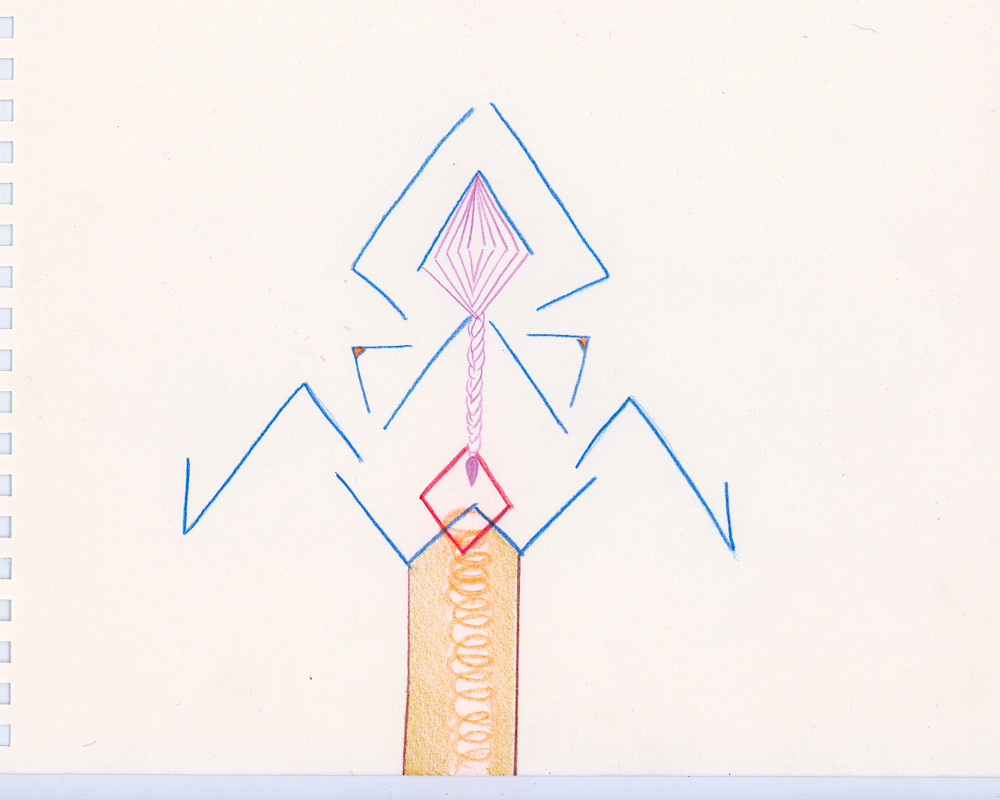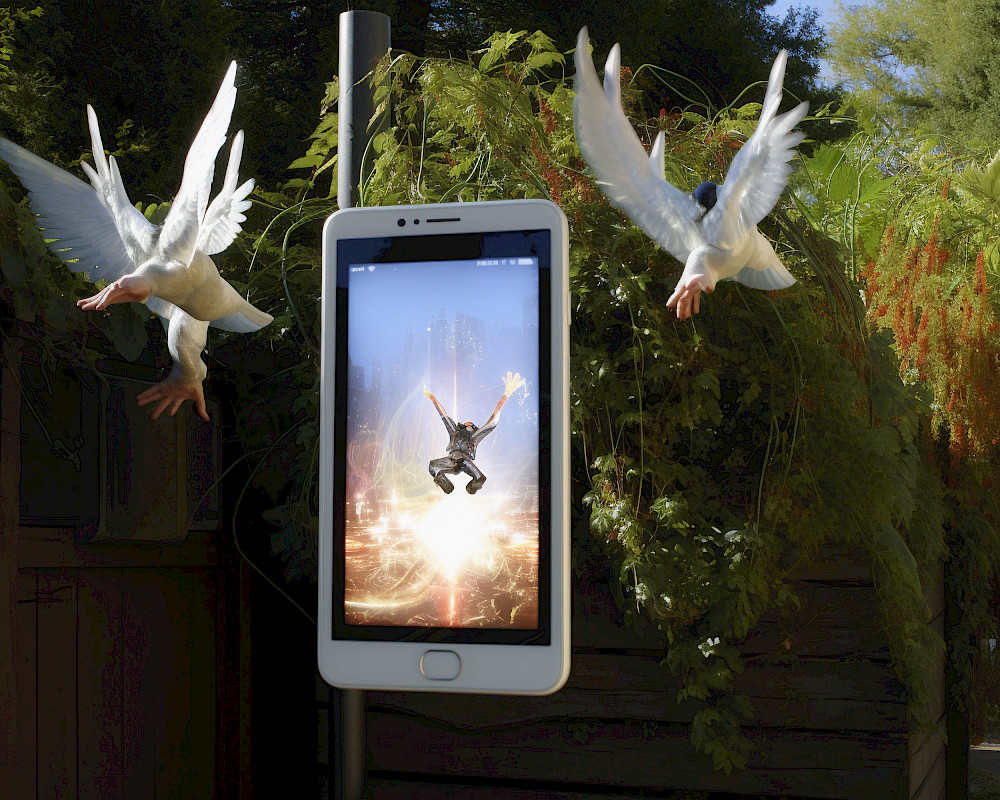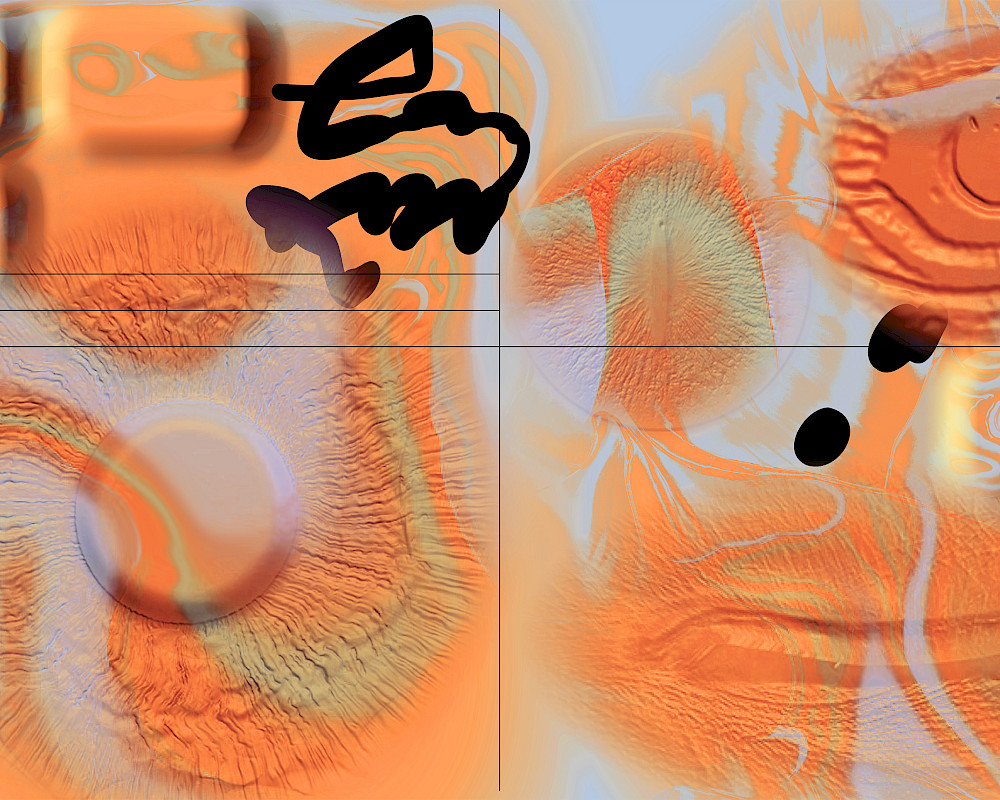fiction
The Glass Age
Brianna Leatherbury
Brianna Leatherbury is an artist based in Amsterdam.
Martin Groch
Martin Groch is a Slovakian graphic designer and illustrator bassed in Brussels. His work merges type, image, and abstract forms.
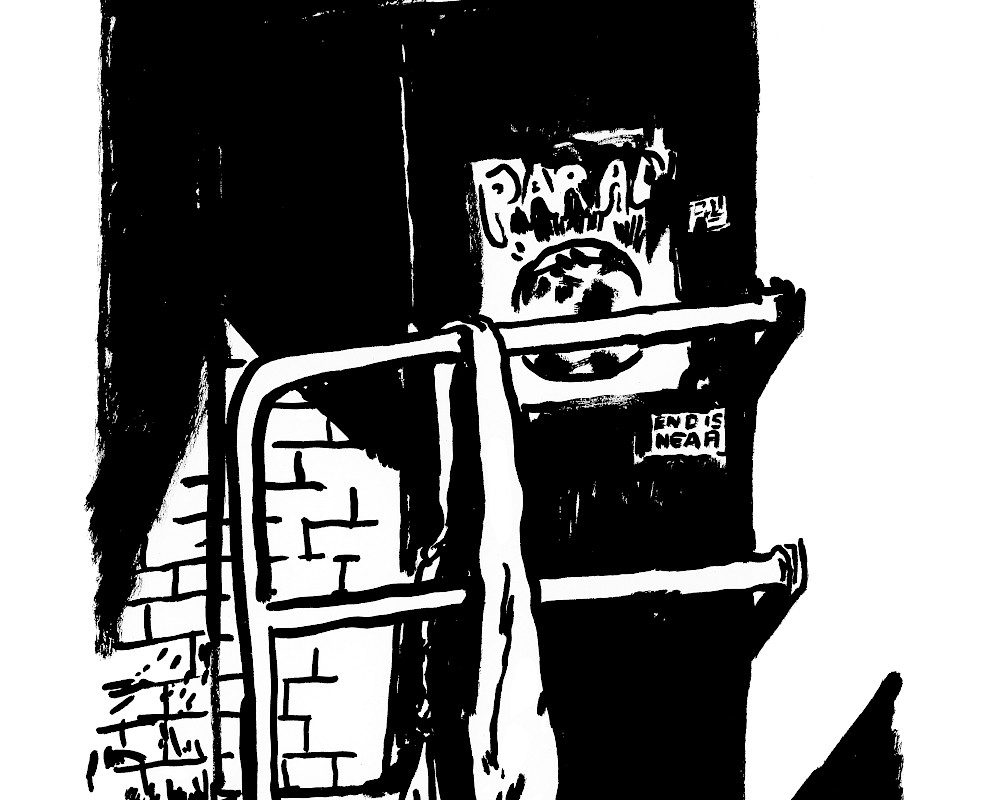
essay
Traces of past lives: an attempt at capturing balloons
“Can I write about the balloon without attaching too much weight to it? Or is a balloon just a balloon; enough said?”
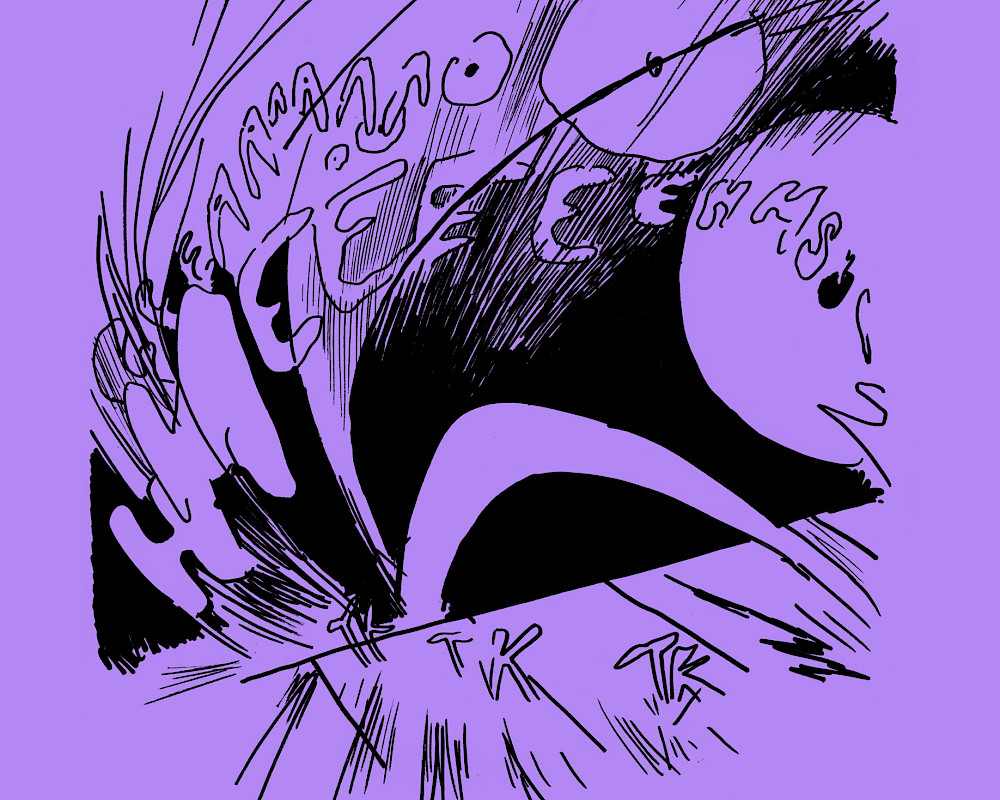
fiction
Full Nine Seconds
Bug wondered if any part of him, any itty-bitty projection of his future self, had objected to the goings-on during the fall and wished to rewind in midair.
7
min read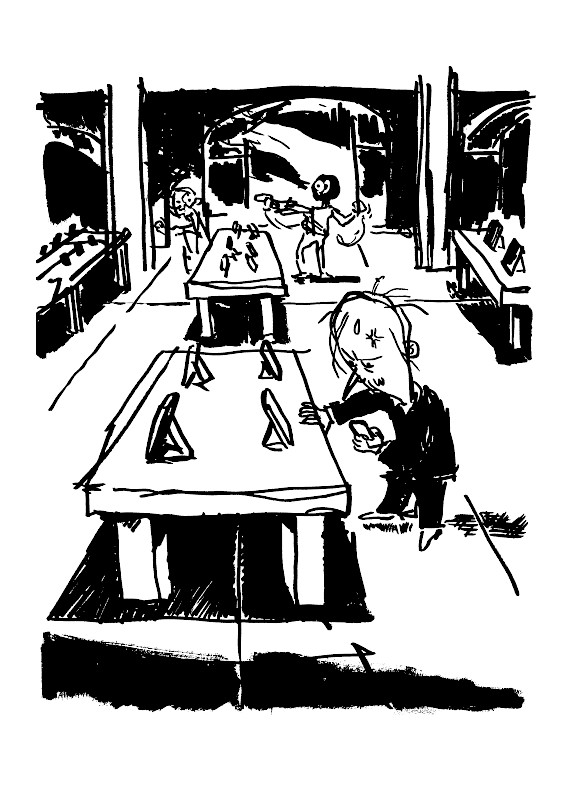
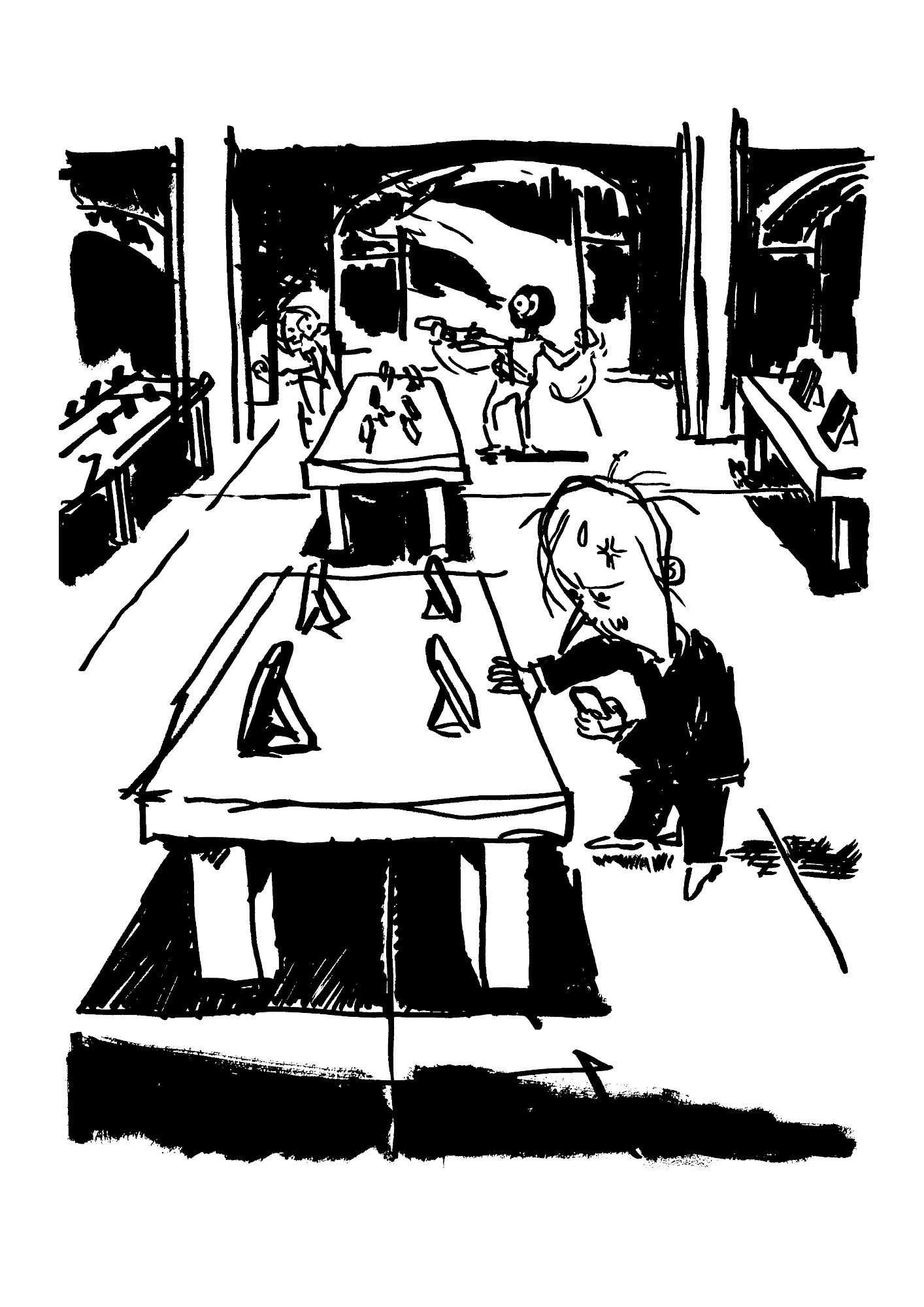
“Like I said before, this was a more delicate model.”
Products surrounded us. Smooth brushed aluminium, tempered glass, resting upright on custom-casted white plastic mounts. Monolithic wooden tables that seemed to be held together by friction alone. A blanket of diffused light bringing the architectural rendering into the store. Abstractions of technology.
The Apple Store always makes me feel like a tourist to this planet. I came only for a cleaning. My mom suggested it. She bought me this phone, refurbished, from a local repair shop in DC. “The state of that thing is abysmal,” she said about my old phone, an iPhone 6 or 7. Or was the 7 an SE? She wasn’t wrong. I also bought that one secondhand. iMessage had altogether stopped working on it, and that was the primary way we spoke with one another.
“So I did a sound test,” the Genius said. “Your bottom left speaker is completely severed from the rest of the system. A repair of this kind would cost around 600 euros…”
“I got the phone for 250.”
“Yes.”
“So a repair is not really worth it.”
“To access this speaker, they have to rip the whole phone apart.”
“Better to get a new one.”
“Exactly.”
My gaze drifted from the phone in the Genius’ hand towards the other visitors on the mezzanine. Some were in consultation with their own Geniuses. Some were browsing the devices privately, consumed in the depth of their screens, their invisible pressure points. Some looked out over the wrought iron railing etching the perimeter of the atrium. Their backs towards me, they stood meditatively still, their gaze downward. Cooled light drifted down the 38 metre expanse. It was bright enough to keep five young trees alive. A couple of kids were playing tag between them. Their little running bodies back-lit by a large screen, seamless, LED, showcasing the newest metal-bodied iPad, spinning slowly, two metres tall.
I don’t think there’s anything original in this interior today. Maybe the crown moulding, or a few of the guardrails on the mezzanine. Even the nods to the past are a fabrication. We studied Art Deco, its marriage of design and decor, ornate and utilitarian. I was always astonished by its reach: architecture, furniture, fashion, engineering, taking on a single ethos. I’ll admit that much has carried on, but now it's all so simplified. These chandeliers, with their limp nickel stems and artless lights, don’t know the glamour of their ancestors. They use their skeletons as vehicles of smoothness.
I was also taught that, when designing a building, architects take its longevity into consideration as well. This building, Het Hirschgebouw, was built for an expanding fashion house. Rising in the shadow of Louis Vuitton, we can assume that they too planned to last forever, spanning multiple generations, directors, and trends. Hence it was built with those effects of permanence, even though in 1912 those ideals were beginning to fall out of style. Het Hirschgebouw was built during a time when the confidence of steel had just started to take root. Part of the stock exchange is also in the same style: Um-1800. The ‘style of capital’. Buildings at the margin of solidity and the cusp of glass, buildings constructed for the express flow of money, asserting their endurance in stone and steel. There is a different rationale here, in ornament, excess, expenditure, basking. Or, perhaps, simply shifted.
Because today, this store has ushered out durability. These craftless devices age surprisingly quickly.
I looked back at my Genius, thanked him for his time, and left.
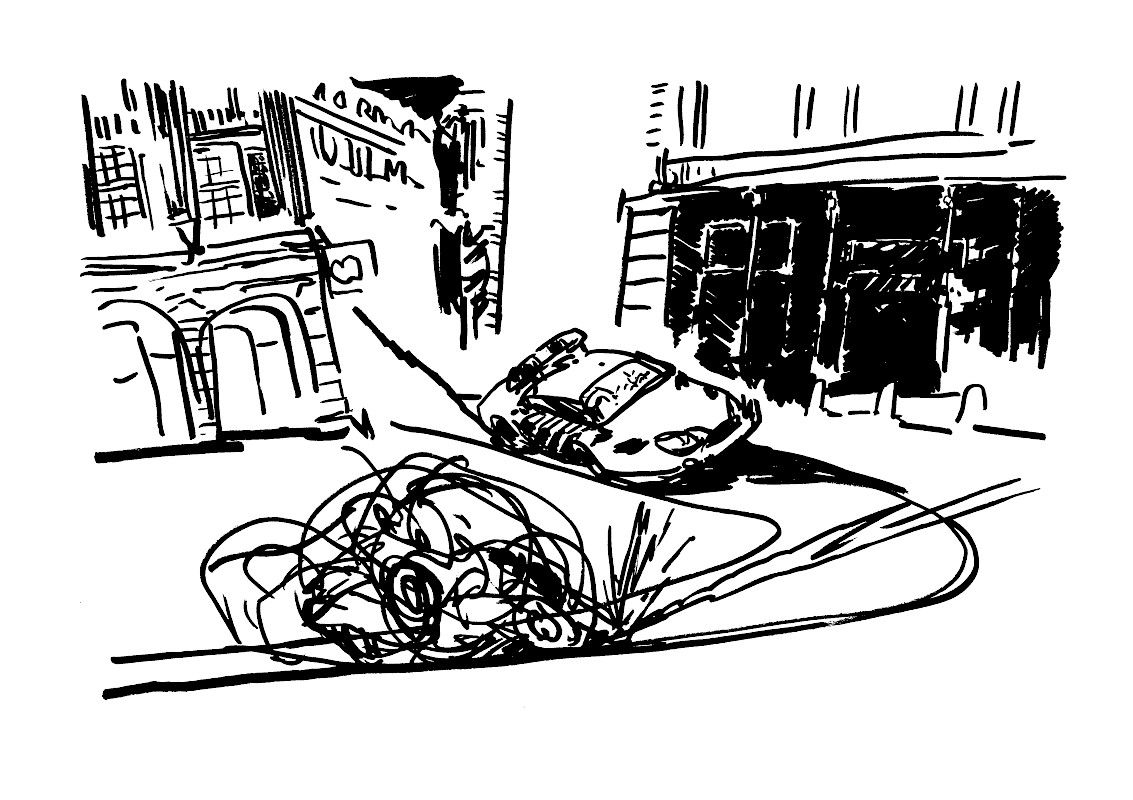
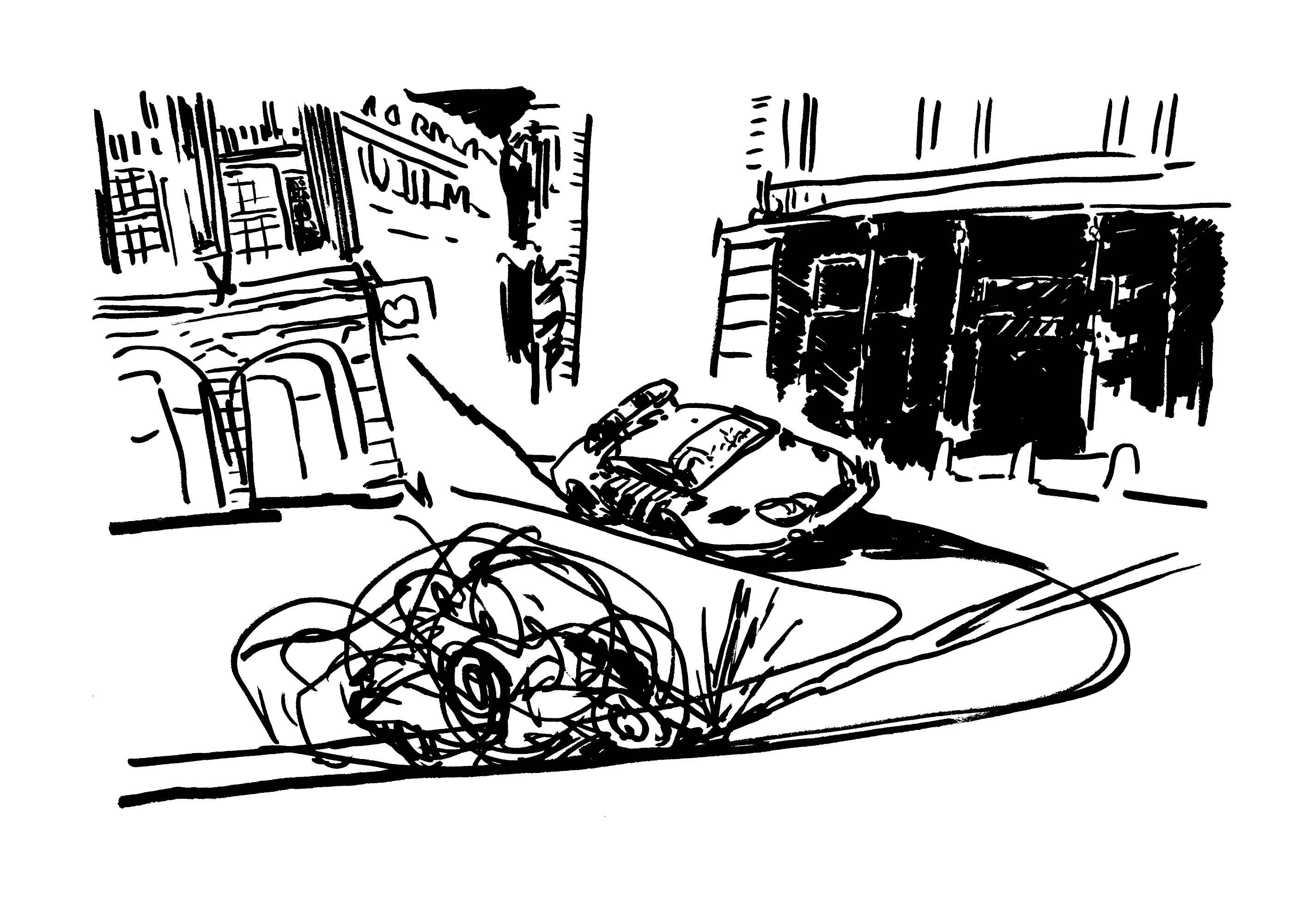
The purple of twilight had washed over Leidseplein, silhouetting the figures that traveled through the juncture. This is always a bustling square. Funneling traffic from the old West with its impressive apartments and the center with its dubious attractions, novelty and routine guide all of Amsterdam through here. Teenagers taste the sultry winds on high-speed scooters. E-bikes zoom by, howling at whoever gets in their way. Disorientated tourists negotiate the three-way intersection on foot, looking for the Rijksmuseum or a coffeeshop between the bells of bikes and trams. Showgoers returning to the world from one of the many theaters that contour the square, lounging on the stone benches in front of Café American, gazing into the twirling waters of its fountain.
As I took in the square, a bright blue rectangle rolled into my view. It was an Albert Heijn delivery truck, boasting an artful composition of metre-long cucumbers and fresh peas the size of my head. Did it honk before it parked only a few centimeters below me? No matter, it was an effective reminder to get some groceries. So I crossed the short distance into the store.
Several languages tangled under its fluorescent lights. It was the dinner rush. People just getting off work gathered ingredients for their weeknight meal. Tourists wove past imported vegetables to bottled drinks and the empty shelves of the bakery.
I made my way to the refrigerated produce. Cut carrots and hybridized vegetables were propped statically for selection, lit from all angles. I scanned the prices. €1.90 for mixed lettuce. €2.99 for 250 grams of broccolini. Reaching for the door handle, a man cut me off. Suited up, with rigidly coiffed hair, he opened the glass door, its thin rounded edge barley grazing my nose. Decisively grabbing a packet of fresh pasta and a pesto sauce, he continued to pretend not to see me.
Suddenly, a muffled bang pierced the room. It traveled over the aisles in a shock wave, coating the walls in a shallow echo. A thick silence followed, cut only by the hiss of the refrigerators.
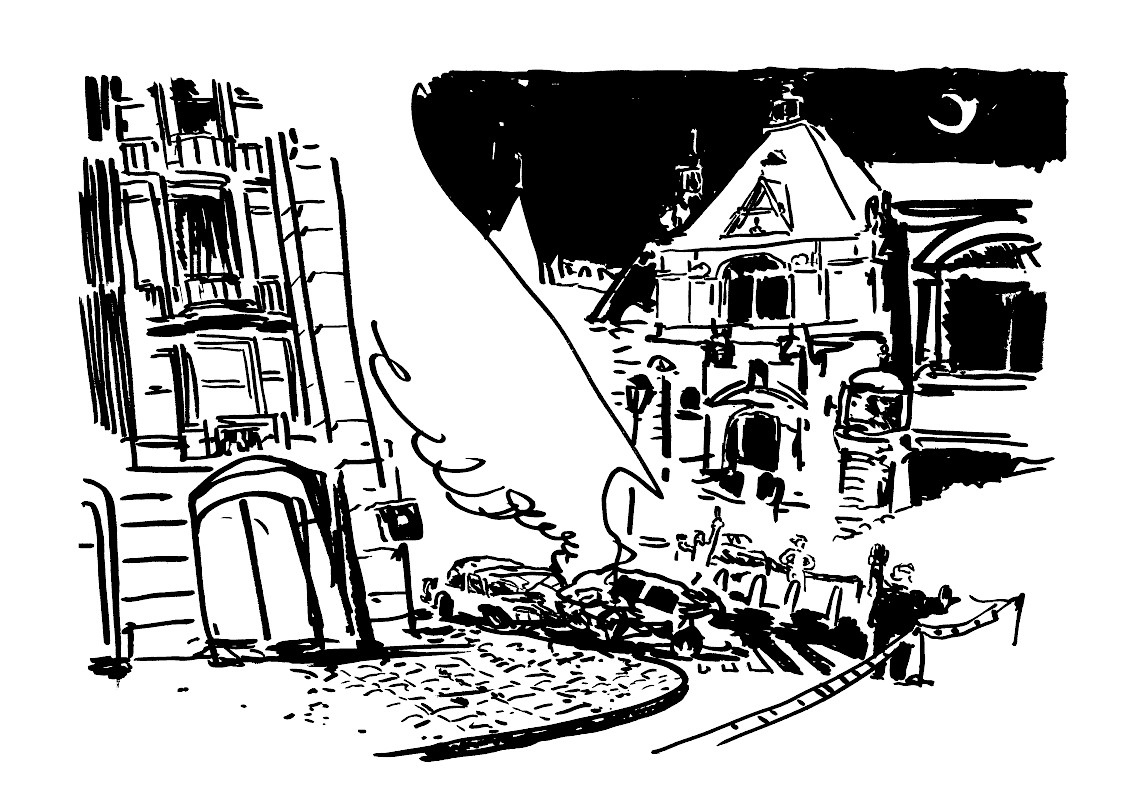
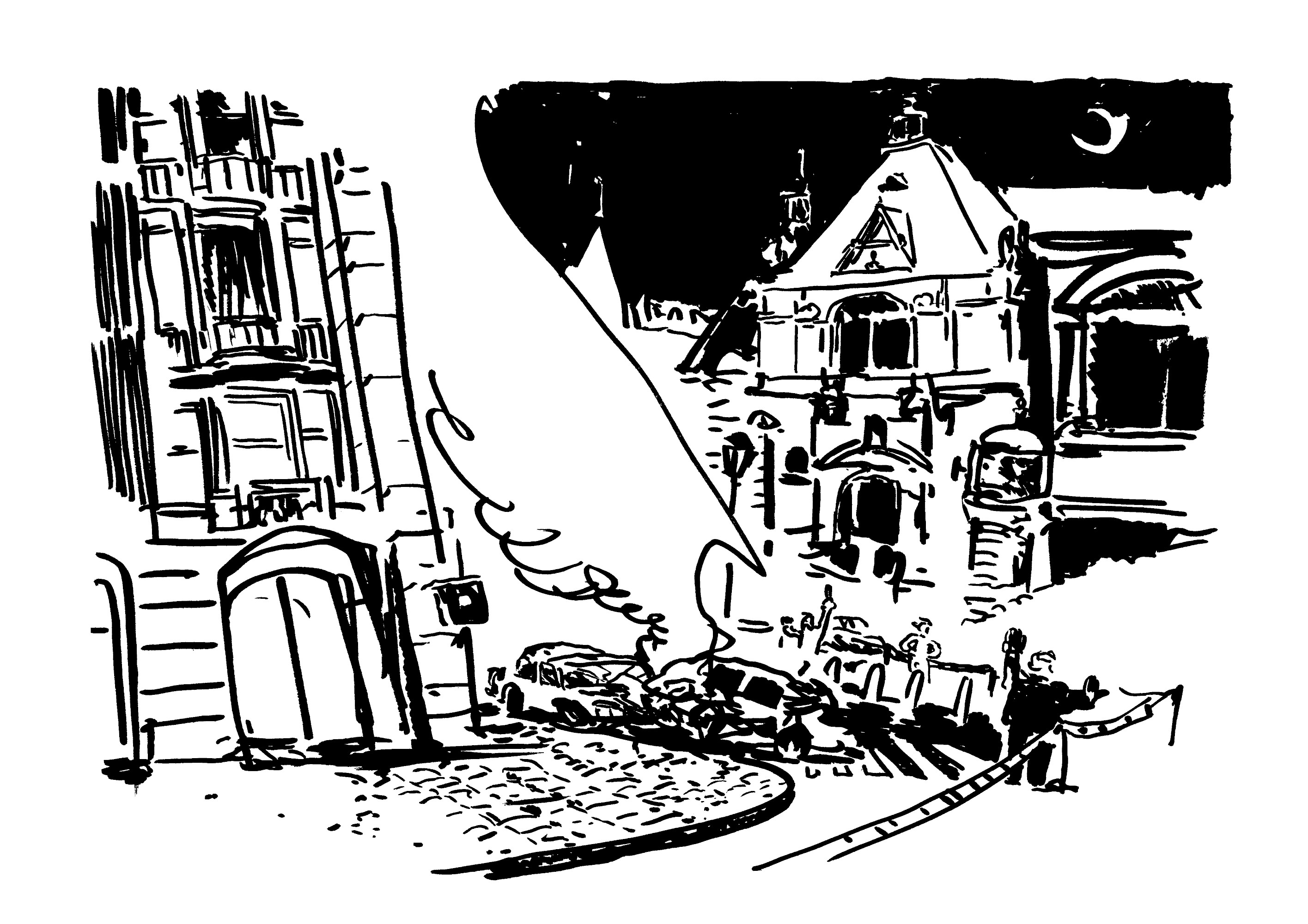
For the first time, I made eye contact with the suit. The store paused in a synchronized inhale. Instinctively hunched over, eyes conversing.
And then, 3 more staccato thumps.
The suit dropped his pesto. People abandoned their trolleys, their ready-made meals and pre-fabricated pizzas. Small thuds of broken jars joined the panicked rhythm, as people knocked over sauces and olives in their measured rush. A crowd formed at the self-checkout exit, struggling to push through the automated security gate, some searching for a receipt out of habit to grant them exit, some demanding that the employees release them. Squeezing through, I made it back out into the street, scanning for my bike.
A new rhythm had taken hold of Leidseplein. People ran in all directions, some looking back over their shoulders. Others decisively heading forward, letting instinct guide them. Some walked hurriedly, deceptively dignified, as if their measured steps could cloak their concern.
A surge of people blurred before me. Bachelor parties tumbled over each other. Van Moof e-bikes, with their sleek, greyhound-like frames, crashed into families at break speed. Apartment windows above opened up, their tenants watching eyes wide, hands over mouths. In the stampede towards the edges, there were almost no screams. Only panting, boots, the growing sound of sirens.
A still and scattered few punctuated the unraveling square, hurried bodies rushing around them. They were almost spiritually erect, facing the Apple Store. Staring into its monumental windows, its white glow illuminated their cavernous faces. A white glow spilled from its monumental windows evenly over their cavernous faces.
I spotted my bike in the mass. I hurtled into the stream, catching an elbow and a few pushes grabbed the bike, and scuttled towards Vondelpark as quickly as I could, weaving through the panicked bodies.
A police van careened into the intersection. Five officers rushed out of the van. Two worked to quickly unfurl a plastic border, cutting the corner off. The others negotiated the traffic, directing the frenzy in one direction: away from Leidseplein.
To be continued…
